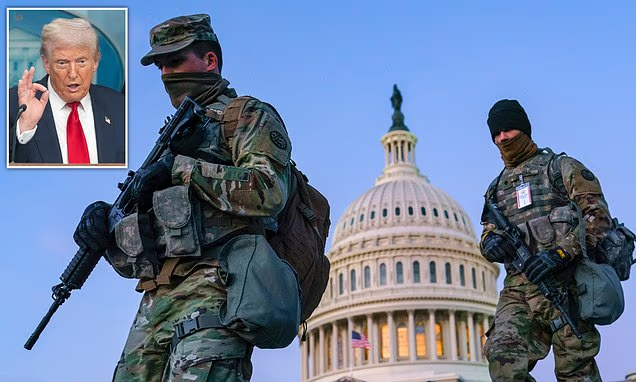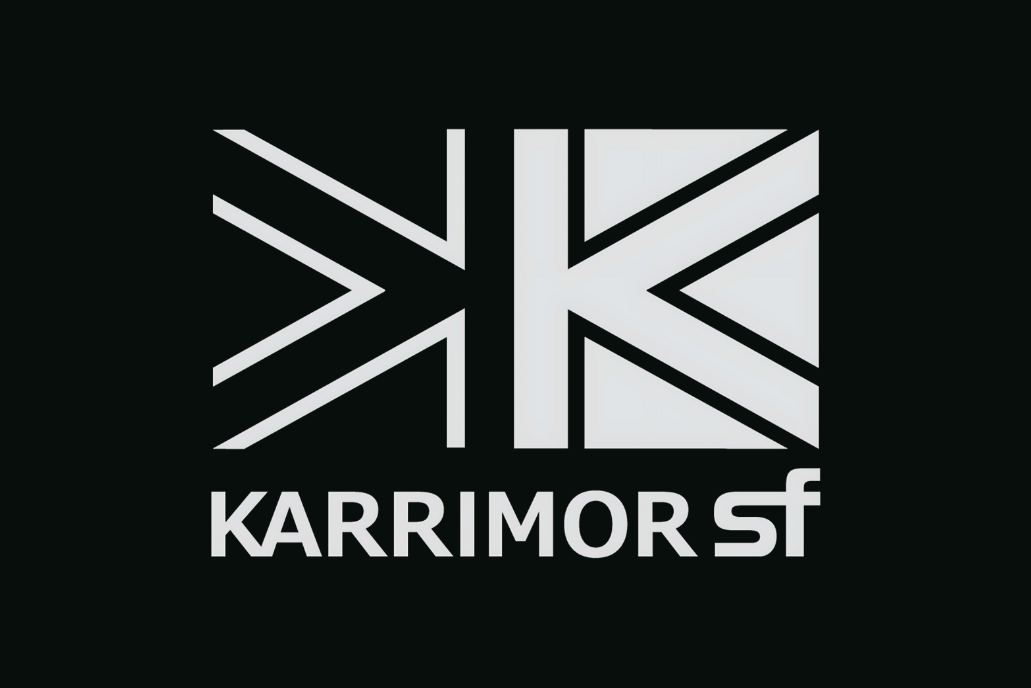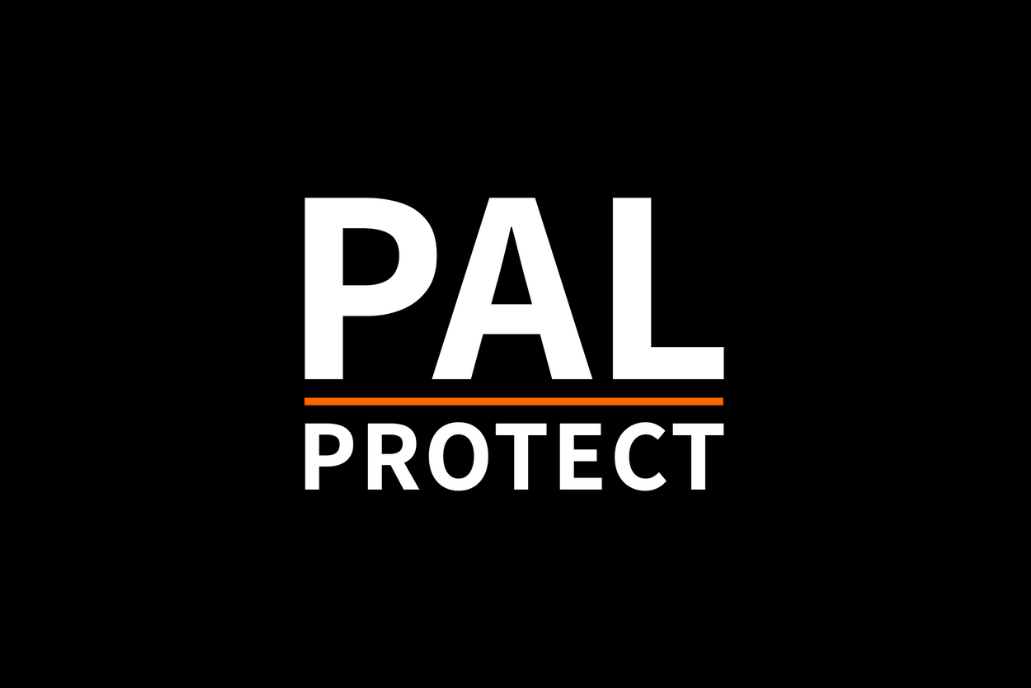Donald Trump is quietly pushing a plan that could see military boots on the ground in American cities at lightning speed, even without the permission of state governors.
According to internal Pentagon documents obtained by the Washington Post, the president wants to establish a Domestic Civil Disturbance Quick Reaction Force, a permanent standby military unit tasked with quelling protests or civil unrest.
The blueprint calls for 600 National Guard troops on permanent high alert, split between military bases in Alabama and Arizona. The idea is simple but stark: troops would be ready to deploy to any city in the US within just one hour of receiving orders.
A Shift in Presidential Power
Under Title 32 of the US Code, National Guard units normally operate under their state governor while receiving federal funding. But Trump’s proposed system would give the president the power to mobilise troops during unrest without a governor’s approval, a significant expansion of federal authority over domestic deployments.
Traditionally, rapid-response teams operate only within their home states. This plan would break that tradition, allowing troops to cross state lines and act under presidential direction.
Why Now?
National Guard planners reportedly began working on the proposal between late July and early August. The earliest it could be implemented is fiscal year 2027, with funding drawn from the Pentagon’s annual budget.
The timing is notable. Trump has shown a growing willingness to use military force on US soil. On Monday, he announced the federalisation of Washington D.C.’s police and the deployment of over 800 National Guard troops to tackle violent crime in the capital. They are expected to arrive on the streets within hours.
Earlier this year, Trump also sent 5,000 National Guard troops and active-duty Marines to the Los Angeles area to break up protests against his immigration policies, a move condemned by California Governor Gavin Newsom and other Democratic leaders. That mobilisation is now at the centre of an ongoing lawsuit in the Ninth Circuit Court of Appeals.
The Price Tag
Keeping a 600-strong reaction force permanently ready would come at a steep cost. Pentagon estimates suggest hundreds of millions of dollars a year if military aircraft and crews remain on standby 24/7. A cheaper option would be to use commercial airlines, but that would slow response times, undermining the one-hour deployment goal.
All planning documents are marked “pre decisional”, but insiders say they include detailed discussions on the social and political risks of creating such a force, from concerns over civil liberties to fears of escalating, rather than calming, unrest.
If the plan moves forward, it would mark one of the most dramatic shifts in the balance of power between states and the White House in decades, and could redefine how America responds to dissent on its own streets.
















